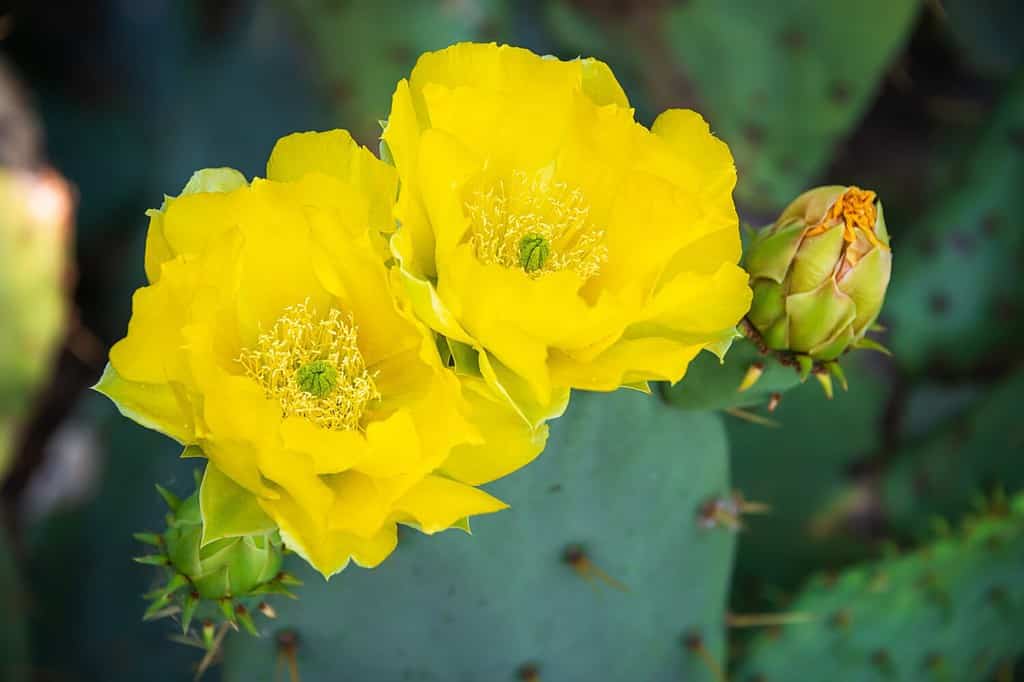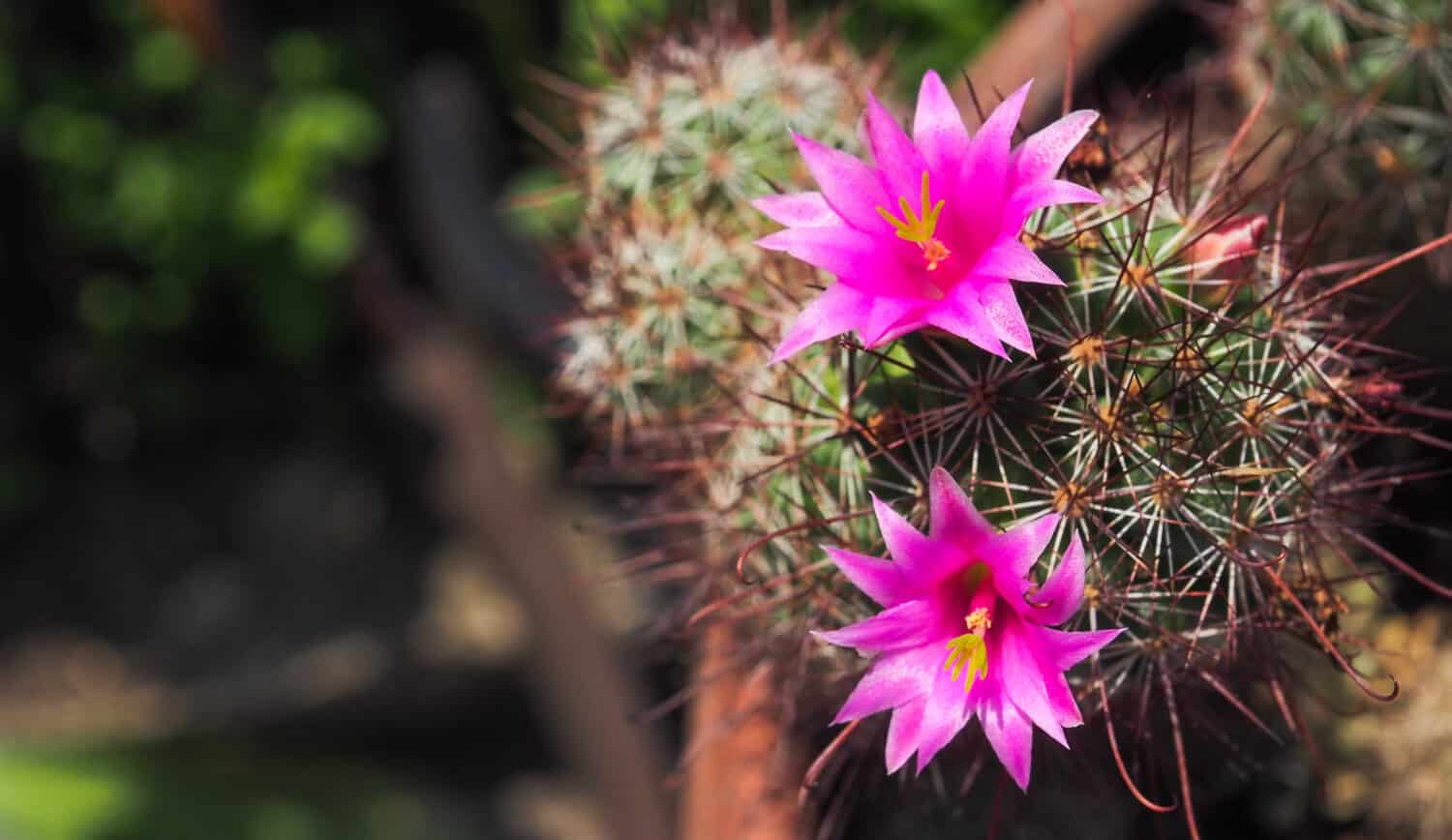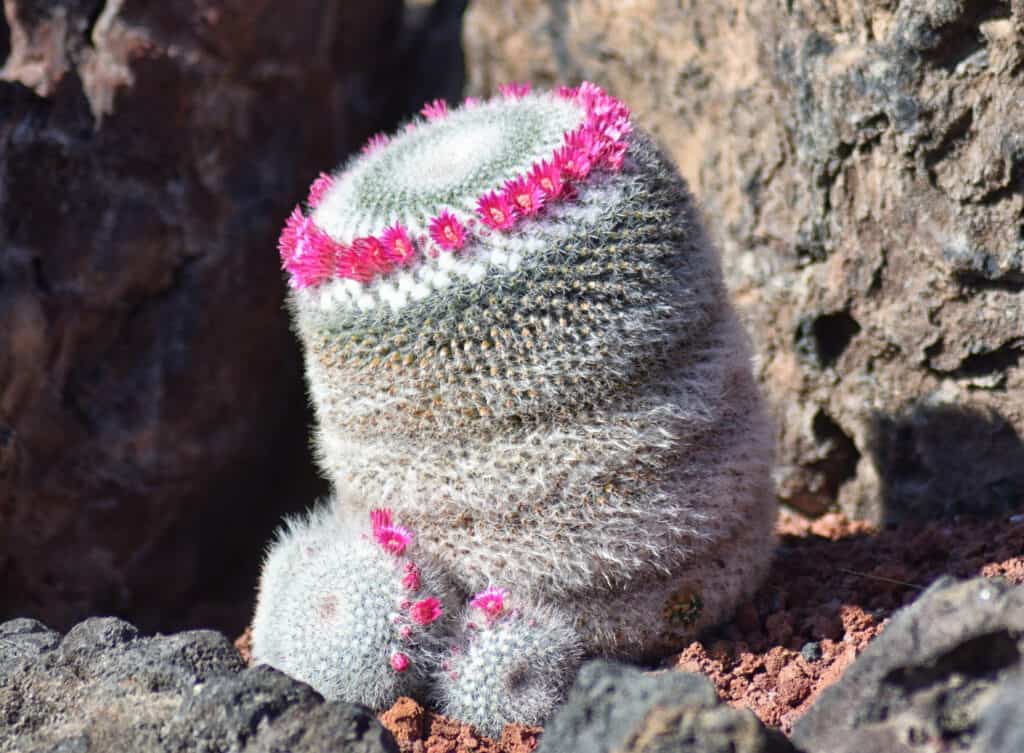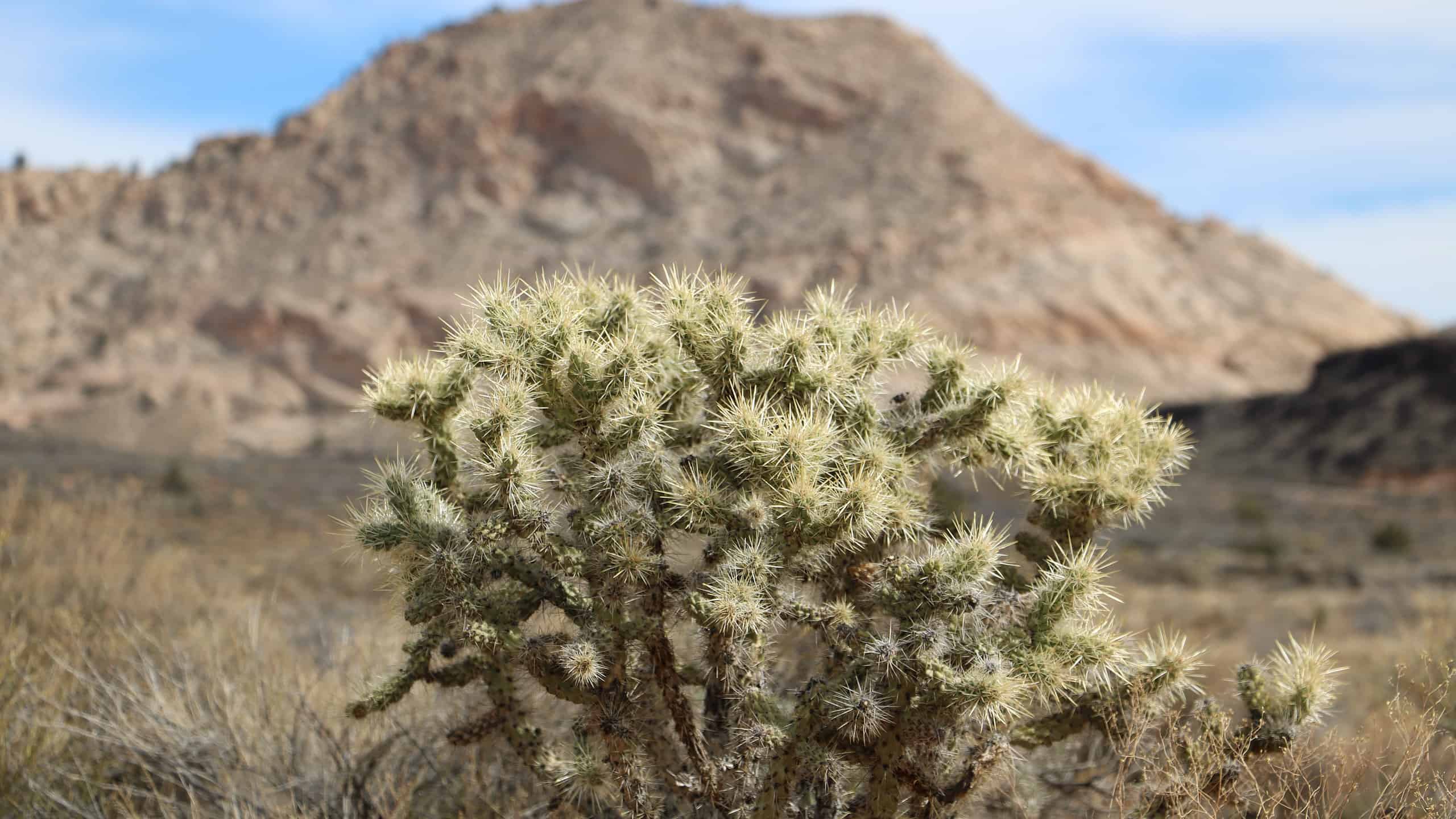The first thing that comes to mind when you think of cacti is the sun-scorched desert. But did you know that with a bit of knowledge, you can create a stunning oasis of these prickly plants in your West Virginia garden? The majority of cacti thrive in arid, sunny environments, but there are wide varieties of cacti that are cold-hardy and can survive the harsh West Virginia winters.
Although cold hardy cacti can survive cold winters, you must be sure that you take extra measures to protect them. During winter, cacti need little watering, a spot that gets a good amount of sun and relocate or cover them during winter times that frost. The USDA hardiness zone of West Virginia is Zone 5b through Zone 7a.
In this article, we will explore the characteristics of many cacti that will thrive in your West Virginia Garden, so let’s dive in!
1. Eastern Prickly Pear (Opuntia humifusa)
The eastern prickly pear cactus is a species of cacti from the Opuntia genus, and it can be found in many parts of the eastern United States and northeastern Mexico. This cactus thrives in sunny environments with sandy soil that is well-draining and hardy in zones 4 to 9. The eastern prickly pear has impressive antifreeze chemicals in its cells, allowing it to survive freezing temperatures.
Eastern prickly pear cacti are low-growing perennials with flattened green pads with a bluish tint. These pads are dotted with areoles, some of which have spines while others don’t. Each will contain barbed hairs, called glochids, that are irritating if stuck in your skin. In early summer, the pads will grow big, beautiful flowers, usually yellow with reddish-orange centers.

The eastern prickly pear can survive in freezing temperatures because of the antifreeze chemicals in its cells.
©Leena Robinson/Shutterstock.com
2. Spinystar (Escobaria vivipara)
The spinystar cactus can be found in North America, Canada, and Mexico in dry valleys, foothills, and grasslands. It belongs to the Escobaria genus and is a cold hardy cactus with a hardiness zone of 4 to 10. This cactus can survive in cold weather, as cold as -30 degrees Fahrenheit and up to 40 degrees Fahrenheit.
The Spinystar cactus is a small, globe-shaped cactus that can grow up to 6 inches in height. It often grows in clusters of 20 or more stems, with red central spines that can grow up to 1 inch in length, while the radial spines are white and grow to just under an inch. The Spinystar bloom funnel-shaped, magenta, or pink flowers in the summer months. In addition, it produces green fruits that slowly turn brownish as they mature.

The Spinystar cactus is a small, globe-shaped cactus that can survive in temperatures as low as -30 degrees Fahrenheit.
©BT Images/Shutterstock.com
3. Scarlet Hedgehog Cactus (Echinocereus coccineus)
The scarlet hedgehog cactus can be found in many parts of southwestern America and northeastern Mexico. This species of cactus occurs naturally in tropical and subtropical regions but can also survive in colder temperatures. It prefers mineral-rich, well-draining soil with lots of sunlight.
This is a clumping cactus that can grow 5 to 100 dark green stems, with ashy white, yellow, reddish, or black stems. Each areole has 1 to 18 radial spines and 0 to 6 central spines that can grow up to 3.2 inches long. In late spring to early summer, this cactus will bloom funnel-shaped crimson or scarlet flowers with pink centers.

The scarlet
hedgehog
cactus is named after its vibrant red or pink flowers that bloom in the spring.
©Monontour/Shutterstock.com
4. Old Lady Cactus (Mammillaria hahniana)
The old lady cactus is a small cactus that generally grows up to 10 inches tall. It is native to Central Mexico and can thrive in sandy, well-draining soil in indirect sunlight. This cactus is cold-hardy and can survive in temperatures as low as 20 degrees Fahrenheit. It is an excellent choice for a Mediterranean or rock garden.
The old lady cactus is a rounded, greyish green to light green succulent with 1 to 4 white central spines with red tips and 20 to 30 radial spines that are white and hairlike. From late winter to spring, this cactus blooms gorgeous reddish-purple flowers that circle all the way around the outside of the plant.

The old lady cactus is a slow-growing species that can live up to 30 years or more.
©iStock.com/Ian Lycett-King
Final Thoughts
Although cacti are usually associated with hot and dry environments, many species of cacti can survive the harsh West Virginia winters. Cacti need little care and attention during winter. However, it would be best if you took extra measures to protect them by relocating them or covering them during frost.
This article explored the four types of cacti that can thrive in a West Virginia garden. The eastern prickly pear, Spinystar, scarlet hedgehog cactus, and old lady cactus all have unique characteristics that allow them to survive in colder environments. So whether you are looking for a clumping cactus with bright crimson flowers or a small succulent with hairlike white spines and reddish-purple blooms, there is a cactus to add a beautiful touch to your West Virginia garden!
Thank you for reading! Have some feedback for us? Contact the AZ Animals editorial team.








